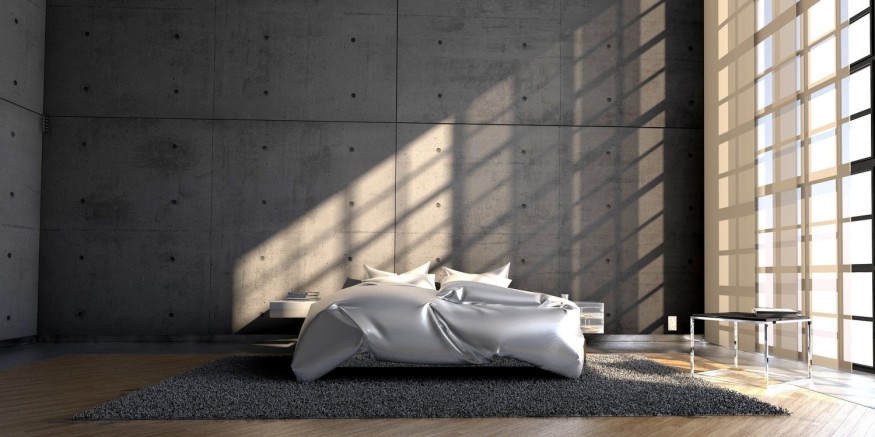
Most concrete constructions are found in commercial applications, such as shopping malls and individual stores. In some places, residential homes feature concrete exterior walls, designed to enhance safety and offer a higher level of resistance to strong winds and storms. The walls are formed individually by pouring the concrete in its place. If the residence requires concrete walls, this method is used, often with styrofoam forms that later serve as insulation. Although there are benefits to using concrete in construction, there are also some considerations and limitations.
Benefits
Some benefits of using concrete for residential homes are:
1. Strength
Surely it is the first thing that comes to mind when you think specifically, but it is true and crucial when it comes to building a house. A house must withstand the elements of nature. Concrete houses tend to better withstand storms and earthquakes.
2. Noise control
Concrete walls are recognized for filtering noise from outside. This is especially important if you are a person who values their tranquility and privacy.
3. Durability
Cement does not harbor insects that can easily damage a wooden house. They are also not as sensitive to the elements and are less likely to create a problem situation. In addition, the houses that use this material last for centuries. They are also less likely to suffer from debris than wooden houses.
4. Fire resistance
If a fire does happen in a concrete house. This material will not contribute to the fire expanding. In addition, the structure will resist much more than a house of another material.
5. Economy
Despite the fact that concrete houses have a higher construction cost, once this process has been completed, they save much more money on profits than any other construction.
Function
Concrete walls offer a low maintenance method of permanent construction. In commercial applications, concrete is superior to wooden frames when the structure must be completed quickly. A wall that takes two weeks to complete with a wooden frame can be poured in a couple of hours and cured in two days with the concrete. Where street noise is a problem, concrete offers a sound absorber for those inside the building.
Considerations
Before pouring concrete walls, all mechanical aspects must be taken into account during the formation process. Doors, windows, electrical outlets, plumbing, and ductwork need to be in place before the walls are poured. Spend a little extra time developing the building's design, since remodeling a concrete structure is prohibitively expensive.
Warning
Concrete construction is not recommended for places where the ground is sinking unless a floating foundation is part of the design. Because even slight movement can result in cracks and fissures, concrete buildings in this type of soil require a special foundation or the use of pylons installed deep in the stone bed under the structure.
UnikaStenhus offers a large variety of Swedish concrete houses at affordable prices. Visit the website now to get the house of your dreams!
© 2025 NatureWorldNews.com All rights reserved. Do not reproduce without permission.





